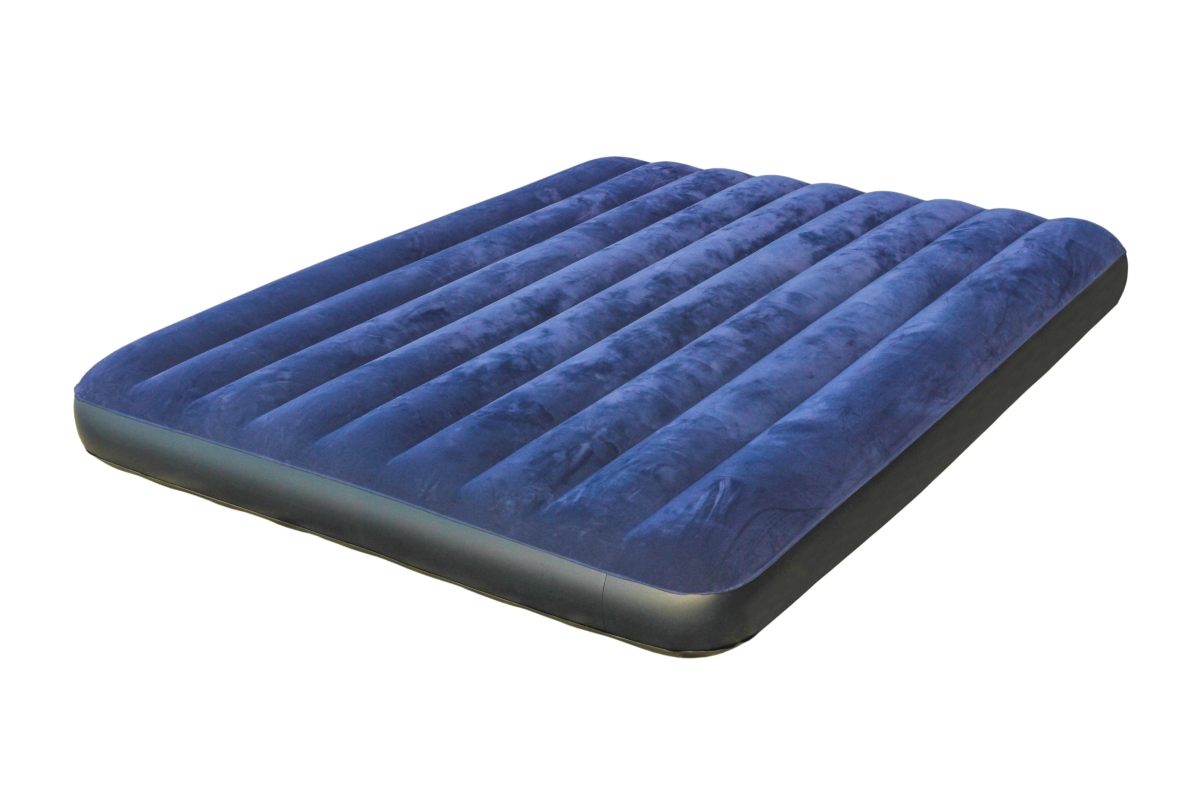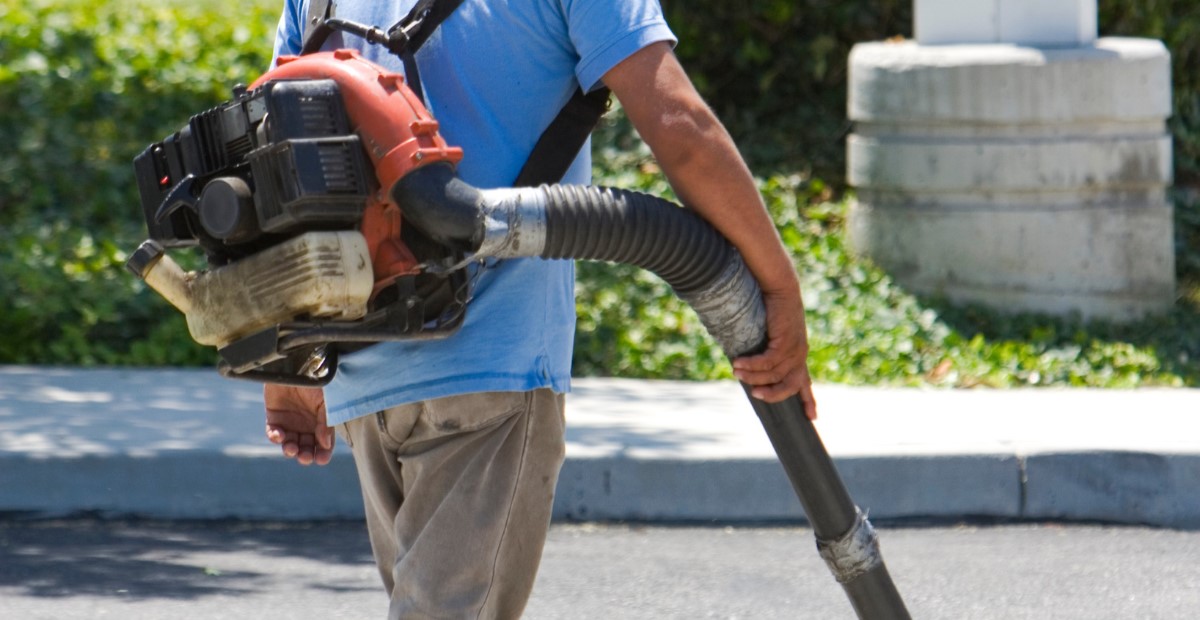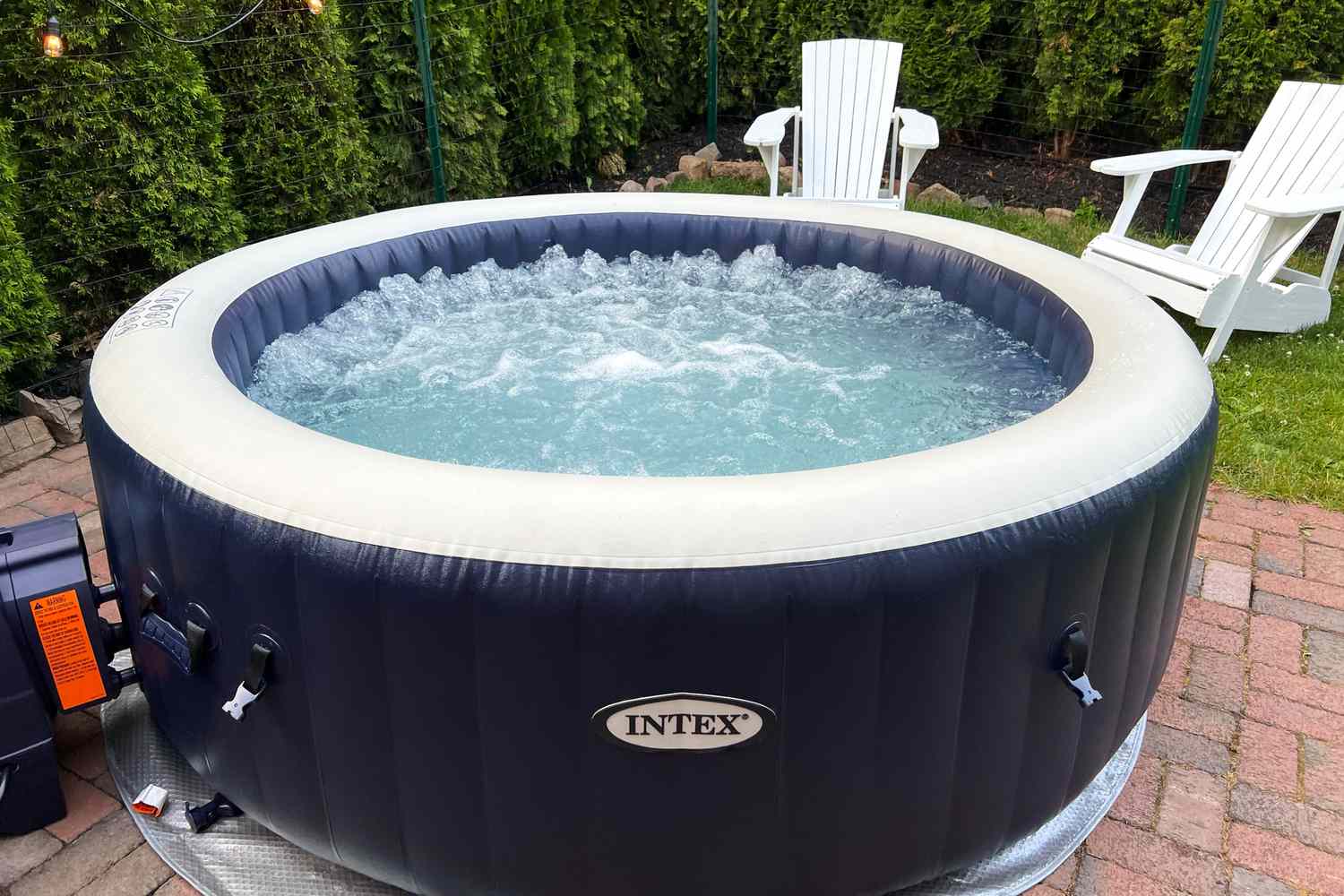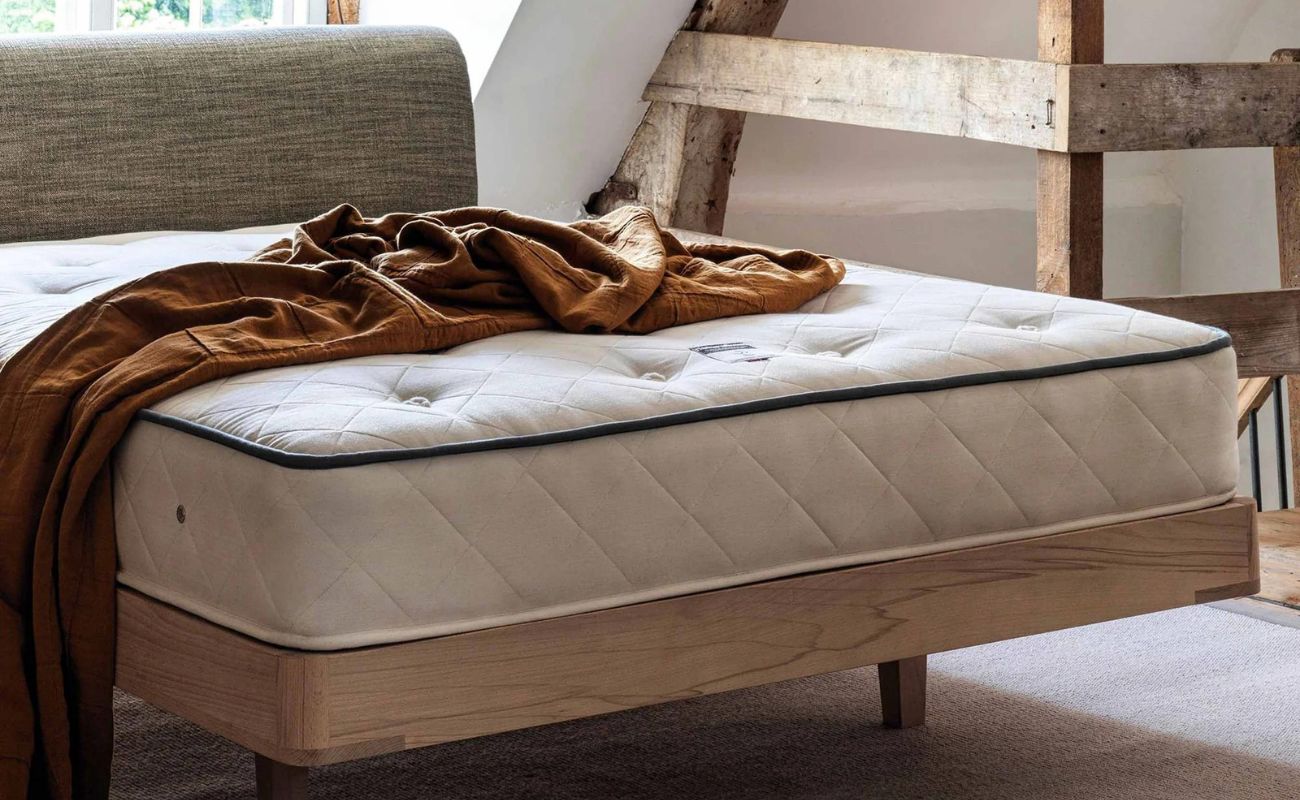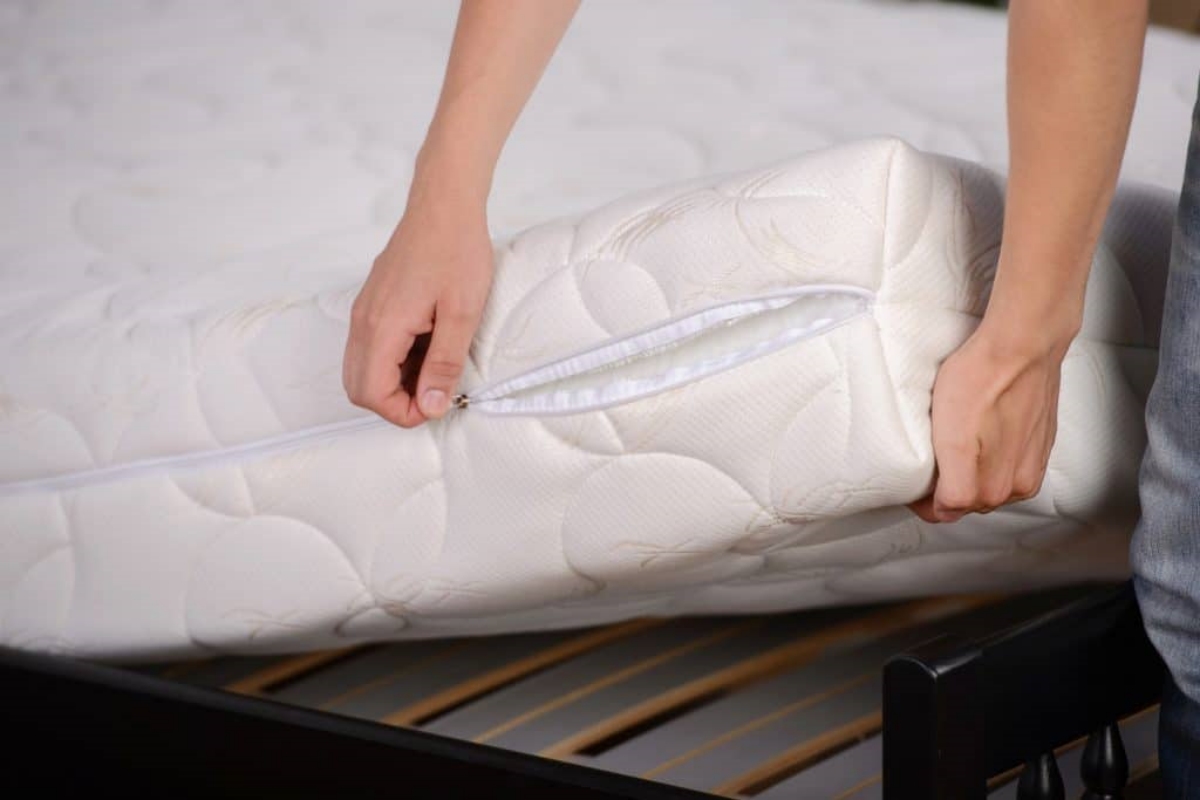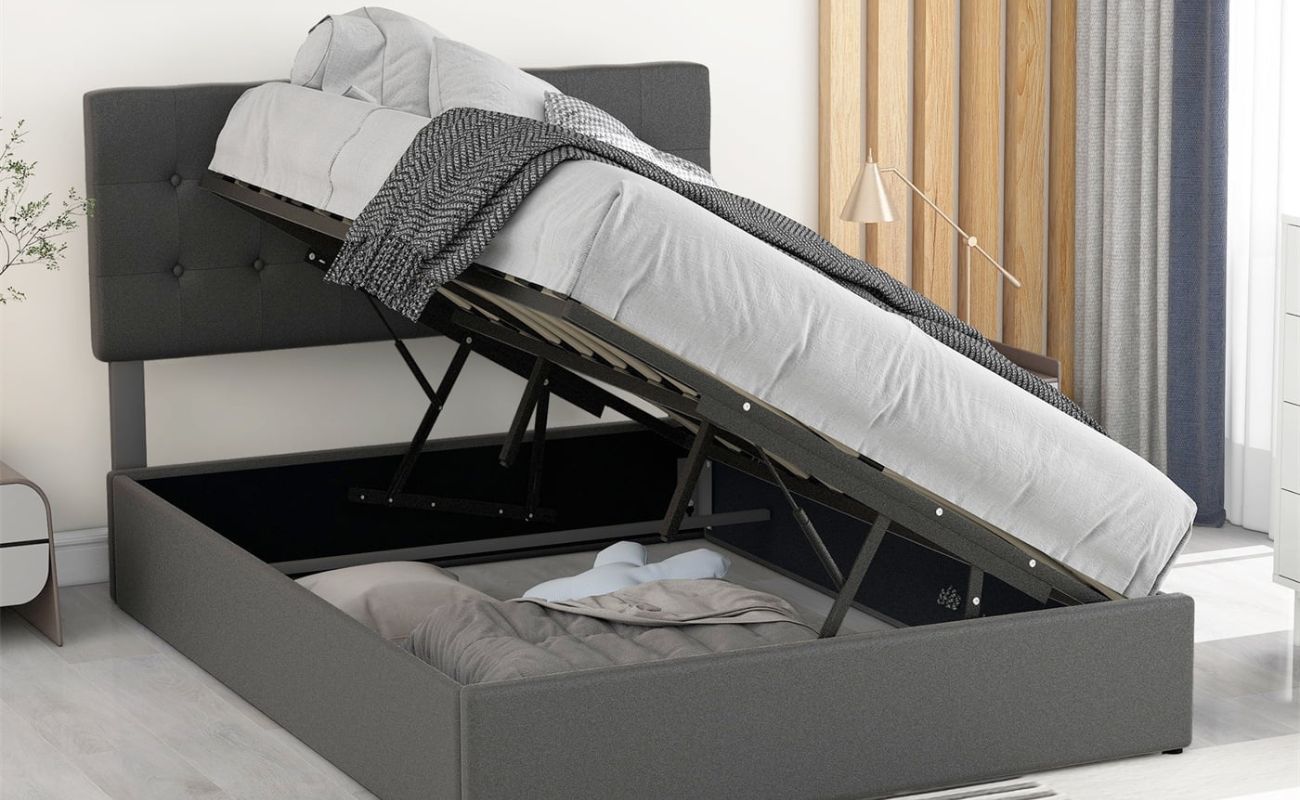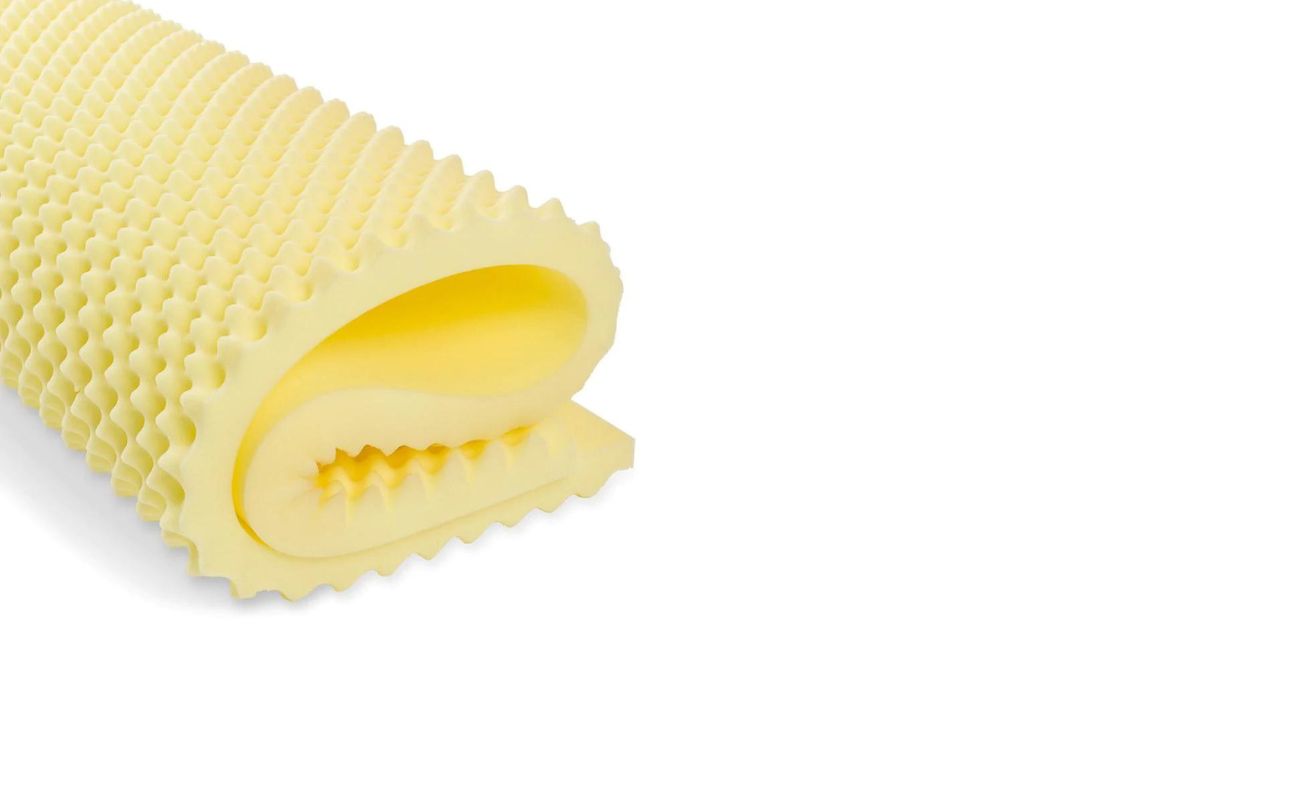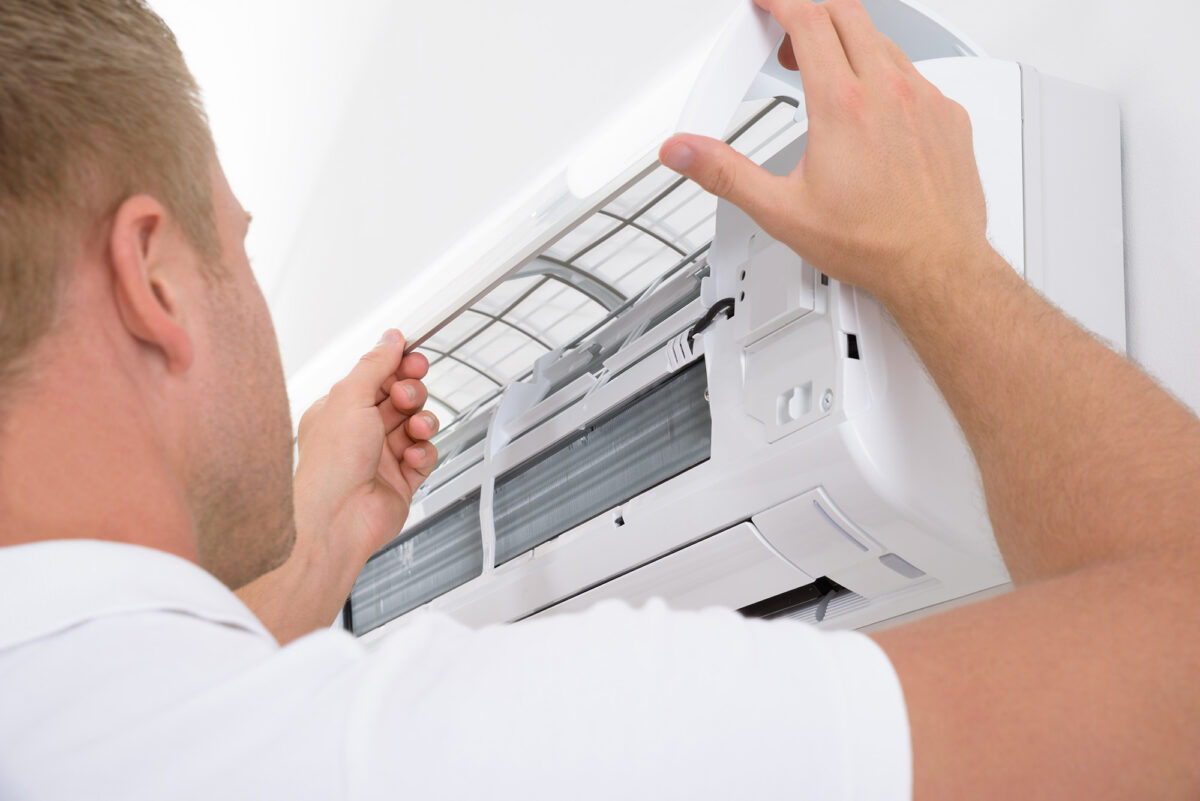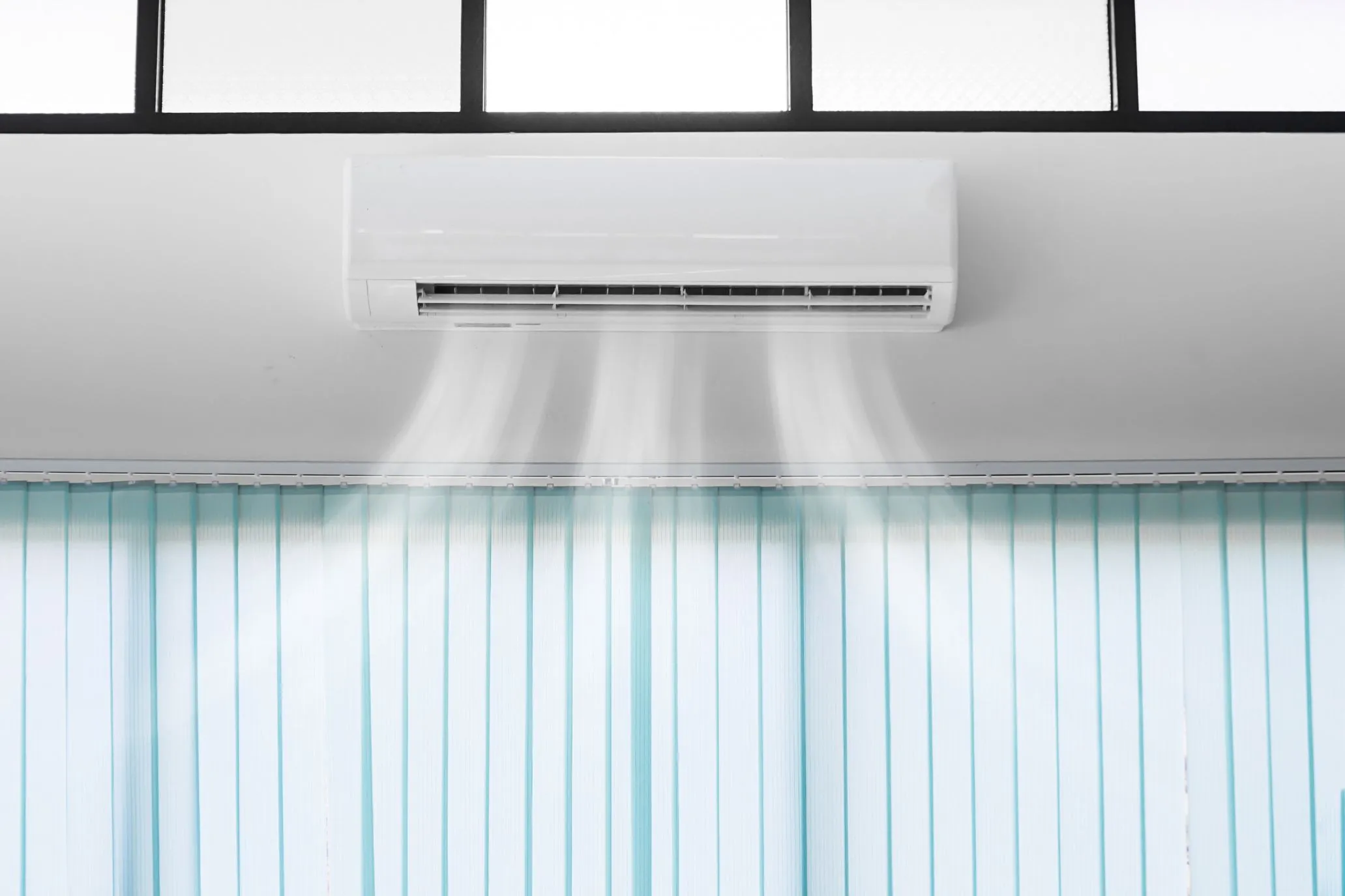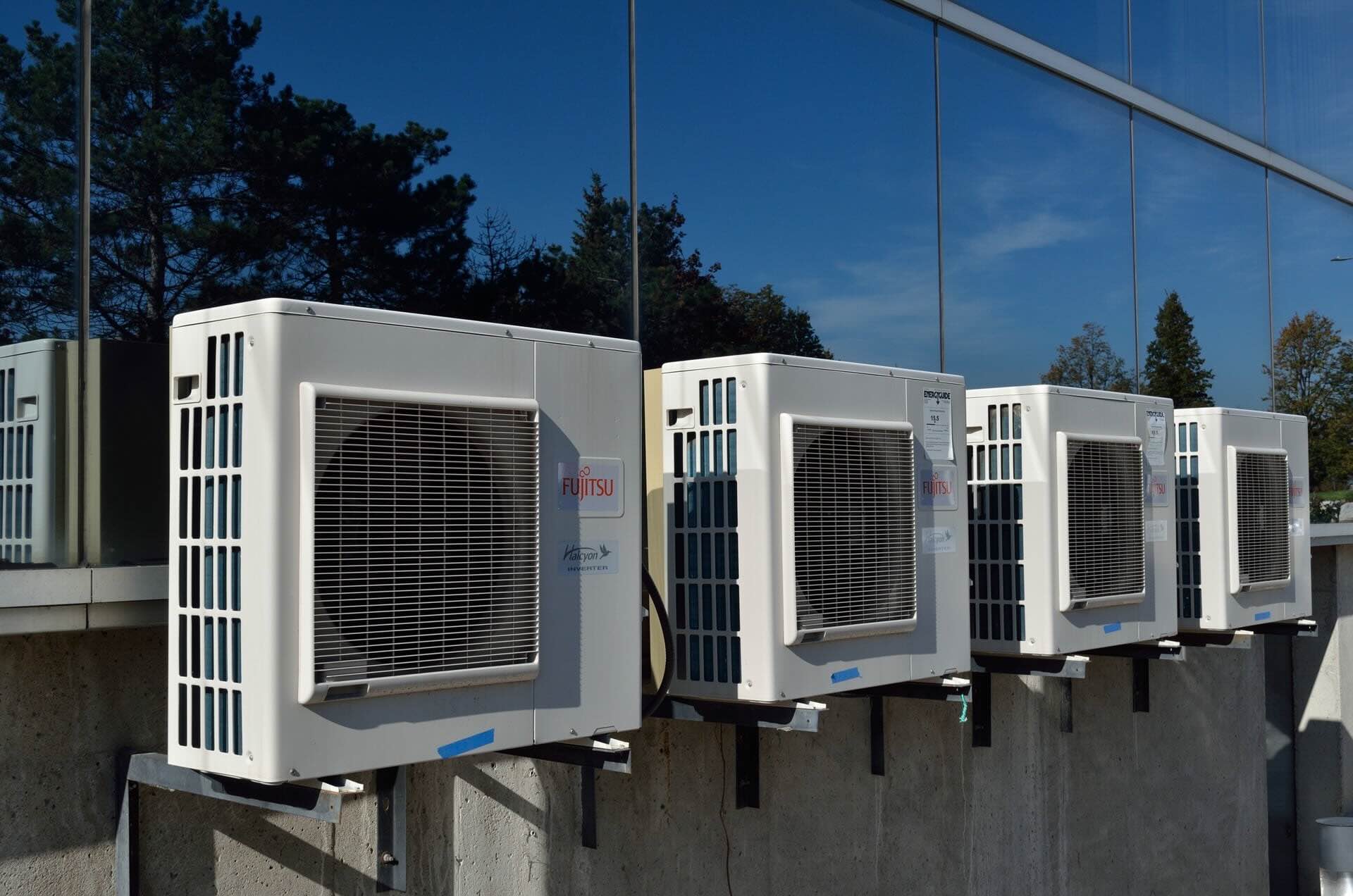Home>Furniture>Bedroom Furniture>Why Is My Air Mattress Losing Air
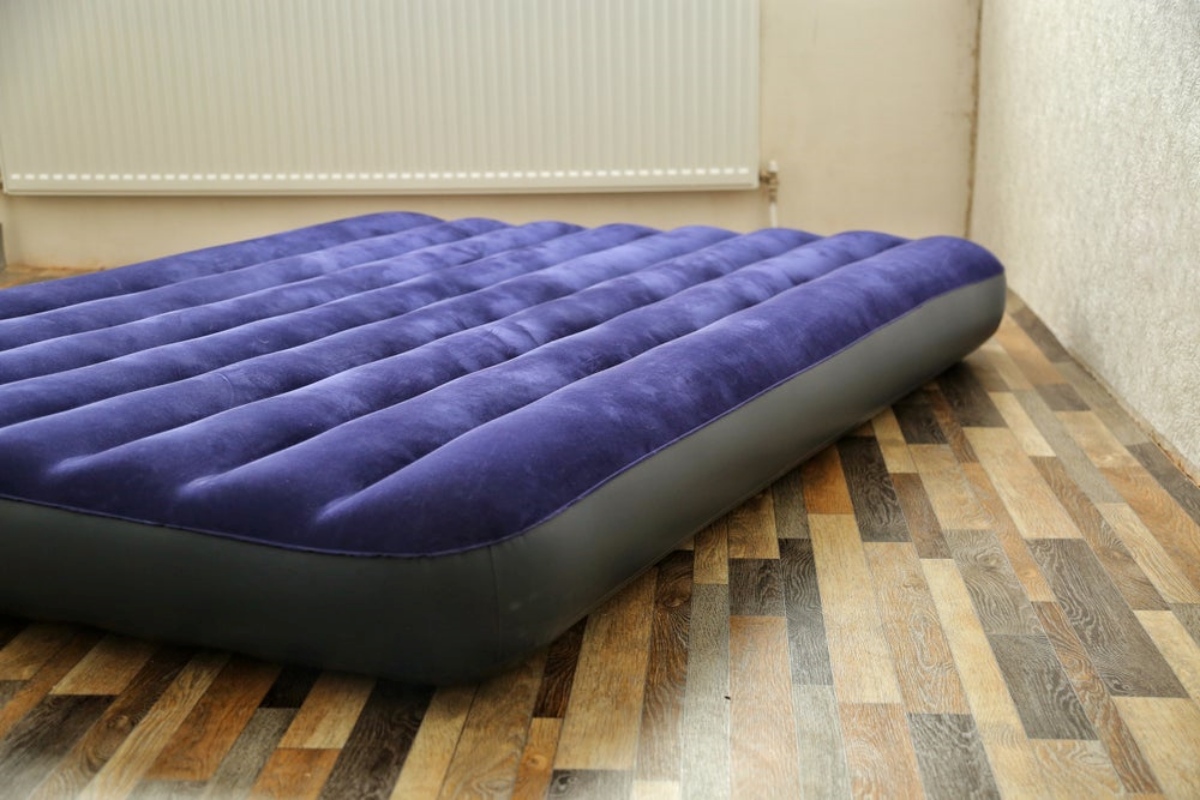

Bedroom Furniture
Why Is My Air Mattress Losing Air
Modified: October 21, 2024
Discover the reasons why your air mattress is losing air and learn how to fix it. Explore our wide selection of bedroom furniture to find the perfect replacement.
(Many of the links in this article redirect to a specific reviewed product. Your purchase of these products through affiliate links helps to generate commission for Storables.com, at no extra cost. Learn more)
Introduction
Welcome to our comprehensive guide on the common causes of air mattress leakage and how to prevent and repair them. Air mattresses are a convenient and versatile bedding option that can be used for camping, guests, or as a temporary solution for sleeping arrangements. However, nothing is more frustrating than waking up in the middle of the night to find your air mattress losing air. A deflating air mattress not only disrupts a good night’s sleep but can also be a hassle to deal with. Understanding the reasons behind air mattress leakage and taking proactive measures to prevent and repair it can save you time, money, and the frustration of having to constantly pump up your mattress.
There are several common causes of air mattress leakage, ranging from normal wear and tear to more serious manufacturing defects. In this guide, we will explore these causes in detail, provide practical solutions for preventing air mattress deflation, and discuss how to repair leaks if they do occur. Whether you are a frequent air mattress user or just starting with your first one, this guide will help you keep your air mattress inflated and comfortable for years to come.
Key Takeaways:
- Keep your air mattress inflated by preventing common causes of leakage such as wear and tear, sharp objects, and improper storage. Regular maintenance and proper inflation are key to longevity.
- Repair leaks with ease by locating, cleaning, and patching the area. Consider professional repair options for extensive leaks. Prevention through regular inspection and proper storage is crucial.
Read more: Why Is My Air Mattress Deflating
Common Causes of Air Mattress Leakage
Air mattress leakage can be caused by a variety of factors. Understanding these common causes will help you identify the issue and take appropriate measures to prevent and repair leaks. Let’s take a look at the most common reasons your air mattress may be losing air:
- Normal Wear and Tear: Over time, the material of your air mattress may experience wear and tear, resulting in small punctures or leaks. This is particularly true if you frequently use your air mattress or if it undergoes heavy usage, such as camping or accommodating guests. Regular use can weaken the material, making it prone to developing leaks.
- Sharp Objects: Sharp objects such as nails, thorns, or even pet claws can accidentally puncture your air mattress. It’s essential to be cautious when using your air mattress, whether indoors or outdoors. Inspect the area where you plan to set up your mattress and ensure it is free from any sharp debris or potential hazards.
- Improper Storage: Incorrect storage of your air mattress can lead to damage and leakage. Folding or rolling up the mattress too tightly can strain the seams and cause them to weaken or tear. It’s crucial to follow the manufacturer’s instructions for deflating and storing your air mattress properly. Avoid exposing it to extreme temperatures or storing it in damp or humid environments, as these conditions can also contribute to damage and leaks.
- Defective Valve: The valve of your air mattress is responsible for sealing the air inside. However, if the valve is faulty or defective, it may not create an airtight seal, resulting in air leakage. Check the valve carefully for any signs of damage or misalignment and ensure it closes securely.
- Manufacturing Defects: In some cases, air mattress leakage can be a result of manufacturing defects. These defects can include weak seams, poor quality material, or improper sealing. If you suspect your air mattress has a manufacturing defect, contact the manufacturer for assistance or inquire about a warranty.
Identifying the root cause of the air mattress leakage is essential for implementing the right solution. In the next section, we will explore some practical preventive measures to help you maintain the integrity and longevity of your air mattress.
Solutions for Preventing Air Mattress Deflation
To ensure your air mattress stays inflated and comfortable, it’s important to take preventative measures to minimize the risk of air leakage. Here are some practical solutions to help you prevent air mattress deflation:
- Proper Surface Preparation: Before setting up your air mattress, carefully inspect the area for any sharp objects or debris that could potentially puncture the mattress. Clear the space and make sure it’s clean and free from any hazards that could cause damage.
- Protective Layer: Placing a protective layer, such as a thick blanket or a mattress pad, between the air mattress and the surface it’s resting on can help prevent punctures and abrasions. This additional barrier adds an extra level of protection and reduces the likelihood of damage to the mattress.
- Maintenance and Regular Inspection: Like any other household item, air mattresses require regular maintenance and inspection. Check your mattress periodically for any signs of wear and tear, such as small punctures or leaks. Promptly address any issues you find to prevent them from worsening.
- Appropriate Inflation: Avoid overinflating or underinflating your air mattress. Overinflating can put excessive pressure on the seams and result in leaks, while underinflating can cause unnecessary strain and lead to premature wear. Follow the manufacturer’s recommended inflation levels for optimal performance and longevity.
- Consider a Reinforced Model: If you anticipate heavy usage or require extra durability, consider investing in a reinforced air mattress. These mattresses are designed with thicker materials, reinforced seams, and added layers of protection, making them more resistant to punctures and leakage.
- Proper Storage: When not in use, store your air mattress in a cool, dry place away from direct sunlight. Take care to fold or roll the mattress according to the manufacturer’s instructions to prevent unnecessary stress on the seams. Avoid storing the mattress in areas prone to temperature fluctuations or high humidity.
Implementing these preventative measures will significantly reduce the risk of air mattress deflation. However, in the event that your air mattress does develop a leak, the next section will guide you on how to effectively repair it.
Check for any visible punctures or tears in the air mattress. Use soapy water to identify leaks by applying it to the surface and looking for bubbles. Patch any holes with a repair kit designed for air mattresses.
Repairing Leaks in Air Mattresses
If your air mattress has developed a leak, don’t panic. Repairing leaks is a relatively straightforward process, and with a few simple steps, you can restore your mattress to its fully functional state. Here’s a guide on how to repair leaks in air mattresses:
- Locate the Leak: Begin by inflating your air mattress and listening for any hissing sounds or feeling for escaping air. Once you have identified the area of the leak, mark it with a piece of tape or a marker to make it easier to find during the repair process.
- Clean and Dry the Area: Before applying any repair solution, ensure the area around the leak is clean and dry. Use a mild soap and water solution to gently clean the surface and then wipe it dry with a towel. This will help the repair adhesive adhere properly.
- Apply a Patch: There are various patch kits available specifically designed for repairing air mattresses. Follow the instructions provided with the patch kit to apply the patch over the leak. Typically, the process involves applying a patch over the marked area and pressing down firmly to create a secure seal.
- Use a Repair Adhesive: Alternatively, you can use a repair adhesive that is compatible with the material of your air mattress. Apply a small amount of adhesive over the leak and spread it evenly. Press down firmly and hold for the recommended duration to allow the adhesive to bond properly.
- Allow Time for the Repair: Once you have applied the patch or adhesive, allow sufficient time for it to dry and bond. Follow the manufacturer’s instructions for recommended drying time, ensuring that the repair is fully set and sealed before using the air mattress again.
- Test the Repair: After the repair has fully dried, test it by inflating the mattress and checking for any signs of air leakage. If the repair holds and there are no indications of further leaks, you can confidently use your air mattress.
- Consider Professional Repair Options: If the leak is extensive or you are unsure about repairing it yourself, consider seeking professional assistance. Some companies specialize in air mattress repairs and can provide thorough and long-lasting solutions to ensure your mattress is restored to optimal condition.
By following these steps, you can effectively repair leaks in your air mattress and extend its lifespan. However, prevention is always better than cure, so remember to implement the preventive measures discussed earlier to minimize the risk of future leaks.
Conclusion
An air mattress losing air can disrupt your sleep and be a frustrating experience. However, by understanding the common causes of air mattress leakage and taking preventative measures, you can minimize the risk of deflation and enjoy a comfortable night’s sleep for years to come.
We discussed the common causes of air mattress leakage, including normal wear and tear, sharp objects, improper storage, defective valves, and manufacturing defects. Being aware of these factors will help you identify the root cause of the problem and take appropriate action.
To prevent air mattress deflation, we provided practical solutions, such as proper surface preparation, using a protective layer, regular maintenance and inspection, appropriate inflation, considering reinforced models, and proper storage. Following these preventive measures will go a long way in maintaining the integrity and longevity of your air mattress.
In the event that your air mattress does develop a leak, we shared a step-by-step guide for repairing it. By locating the leak, cleaning and drying the area, applying a patch or repair adhesive, and allowing sufficient drying time, you can effectively repair the leak and restore your mattress’s functionality.
Remember, prevention is key. Regularly inspecting your air mattress, taking precautions during use, and properly storing it when not in use will greatly reduce the likelihood of leaks and extend its lifespan.
By following the tips and guidance provided in this comprehensive guide, you can ensure that your air mattress remains free from leaks and provides a comfortable and restful sleeping experience whenever you use it.
Rest assured, with the right maintenance and care, your air mattress will continue to be a reliable and convenient bedding option for all your needs.
Frequently Asked Questions about Why Is My Air Mattress Losing Air
Was this page helpful?
At Storables.com, we guarantee accurate and reliable information. Our content, validated by Expert Board Contributors, is crafted following stringent Editorial Policies. We're committed to providing you with well-researched, expert-backed insights for all your informational needs.
